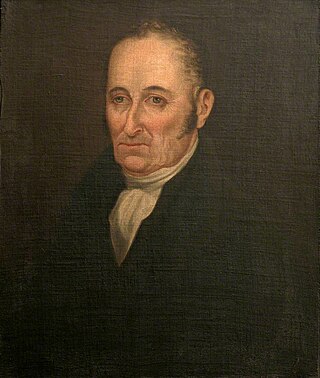Top Qs
Timeline
Chat
Perspective
William Bickford (1774–1834)
English inventor From Wikipedia, the free encyclopedia
Remove ads
William Bickford (1774–1834) was an English inventor, who, formerly a currier, invented the safety fuse for use in mining.
This article needs additional citations for verification. (September 2021) |
Remove ads
Early life
William Bickford was born in Ashburton, Devon, England, United Kingdom to William and Mary Bickford.[1] He moved to first Truro and then Tuckingmill in Cornwall. Tuckingmill was then in the heart of the Cornish mining industry, and Bickford would have been aware of the large loss of life from explosive accidents in the mines.
Inventor career
He is best known as the inventor of the safety fuse, which was inspired by watching a friend, James Bray making rope. With his son-in-law George Smith, he established a factory in Tuckingmill for the production of his invention, and in its first year it produced 45 miles of fuse. He died a short while before his company actually started up. It took a while for miners to use the safety fuses, for the old ones were cheaper. His company eventually became part of the Ensign-Bickford Company.
On the south side of the main street, at the bottom of Tuckingmill, set in a wall, was (certainly prior to 1990) an inscribed stone which amongst other things credited his daughter with the inspiration/possible invention of the safety fuse.
Bickford's grandson William Bickford-Smith became MP for Truro.
Remove ads
Death
Bickford died in the Parish of Camborne, Cornwall on 2 October 1834.
References
Sources
Wikiwand - on
Seamless Wikipedia browsing. On steroids.
Remove ads

